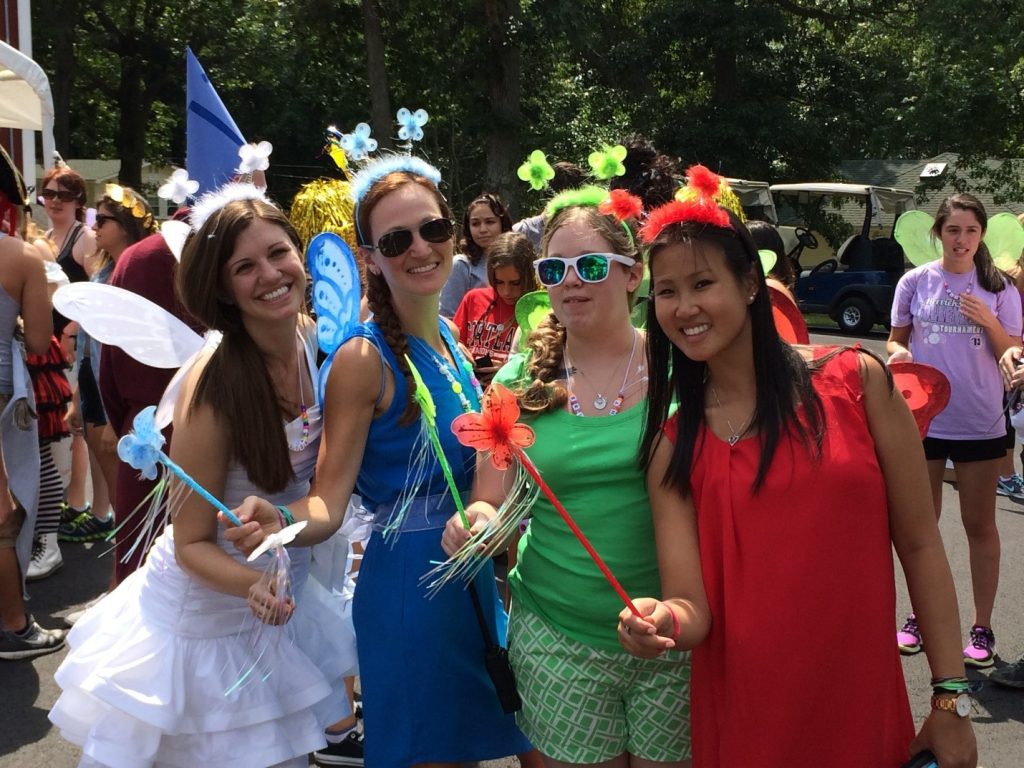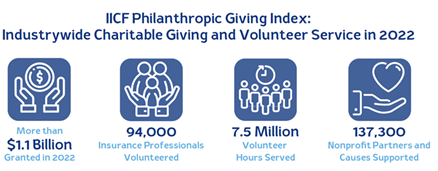
By Max Dorfman, Research Writer, Triple-I
Louisiana continues to be the least affordable state for personal auto and homeowners insurance, according to a new report by the Insurance Research Council (IRC).
The average annual expenditure for auto insurance in Louisiana was $1,495 In 2020, more than 40 percent above the national average, the report finds. These costs account for 2.93 percent of the median household income in the state, rendering it the least affordable.
Louisianans also pay significantly more for homeowners coverage compared to the national average, with an average annual expenditure of $1,965. These are among the highest rates in the country, representing 3.84 percent of the median household income in the state – 55 percent above the national average.
“The state has faced multiple major weather events, with extensive litigation following each natural disaster,” the report finds. “Rising auto-repair and construction costs, as well as the state’s relatively low household income, have compounded these issues.”
Personal auto cost drivers include:
Accident frequency: The number of property damage liability claims per 100 insured vehicles in Louisiana is 16 percent higher than the countrywide average.
Injury claim relative frequency: Louisianians show a greater propensity to file injury claims once an accident has occurred, with a relative claim frequency almost twice the national average.
Medical utilization: Louisiana auto claimants are more likely than those in other states to receive diagnostic procedures, such as magnetic resonance imaging (MRI).
Attorney involvement: Louisiana claimants are more likely than those in other states to hire attorneys. Attorney involvement has been associated with higher claim costs and longer settlement times.
Claim litigation: The rate of litigation in personal auto claims in Louisiana is more than twice the national average. This rate is the second-highest in the country, surpassed only by Florida.
Homeowners cost drivers include:
Claim frequency, catastrophe claims: The number of catastrophe claims paid for every 100 homes insured for the entire year in Louisiana is almost six times higher than the national average.
Claim severity, catastrophe claims: In the hurricane-prone region, Louisianians are second only to Floridians in the amount paid for the average homeowners insurance claim. Louisiana is 12 percent higher than the national average.
Natural-hazard risk, weather: Louisiana’s exposure to building damage from weather hazards is second only to Florida’s and is dramatically higher than other states.
Claim litigation: Claims in Louisiana were 12 times more likely to involve litigation, compared with states other than Florida.
These issues have led to the insolvency of several carriers and the departure of key insurance providers from the market. Many remaining insurers have chosen to limit coverage and raise premiums.
Louisiana has tried to address these coverage gaps through incentive programs for private carriers and a greater reliance on the state-run insurer Louisiana Citizens Property Insurance Corporation, the last-resort insurance. However, Louisiana Citizens Property Insurance Corporation can be expensive, making it unaffordable for many and especially for the state’s most vulnerable residents.
These hardships have also influenced a population decline in Louisiana, as individuals and businesses are uprooting and seeking improved affordability elsewhere. Louisiana’s population declined by almost 1 percent in 2022, accounting for nearly 39,000 people, according to a new Census estimate.
Learn More:
Louisiana Litigation Funding Reform Vetoed; AOB Ban, Insurer Incentive Boost Make It Into Law
Louisiana’s Insurance Woes Worsen as Florida Works to Fix Its Problems
Louisiana Insurance Regulator Issues Cease & Desist Order to Texas Law Firm
Hurricanes Drive Louisiana Insured Losses, Insurer Insolvencies













